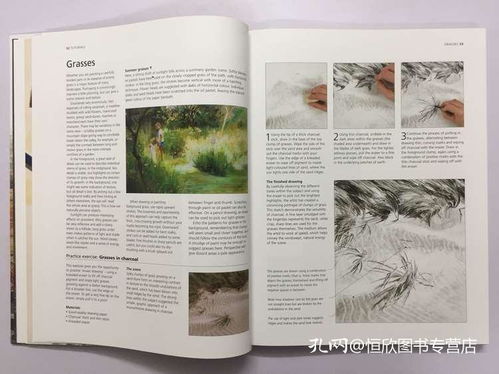Content:

The world of angling is a fascinating blend of patience, nature, and a bit of luck. Whether you're a seasoned fisherman or a beginner looking to cast your line into the unknown, understanding how to choose the right bait is crucial to a successful fishing trip. Often, it's not just about the technique, but also about the bait itself. Here's a comprehensive guide to help you navigate the world of bait and catch more fish without necessarily relying on complex fishing techniques.
Understanding Bait Types
First and foremost, it's essential to understand the different types of bait available. There are primarily two categories: natural and artificial bait.
Natural Bait:
Natural bait includes items like worms, insects, and small fish. These are the types of bait that fish naturally feed on in their natural habitats. Here's a breakdown of the most common natural baits:
- Worms: Earthworms are a classic choice for many freshwater species. They are versatile, durable, and can be found almost anywhere.
- Leaches: These are another popular choice for freshwater fishing. They are particularly effective for catching species like trout and bass.
- Grubs: These are small, segmented insects that can be used for both freshwater and saltwater fishing. They are especially good for catching panfish.
- Minnows: These small fish are often used as bait in both freshwater and saltwater environments. They are particularly effective for catching larger fish.
Artificial Bait:
Artificial bait includes lures, flies, and other man-made items designed to mimic the movement and appearance of natural prey. Here are some popular types of artificial bait:
- Lures: These come in various shapes, sizes, and colors and are designed to attract fish with their movement. They can be used in both freshwater and saltwater environments.
- Flies: Flies are artificial baits that mimic insects, and they are particularly popular among fly fishermen. They can be quite effective for catching trout and other species.
- Spoons: These are metal lures that are designed to create a flashing or spinning action in the water. They are effective for catching a variety of fish, including salmon and steelhead.
- Soft Plastics: These are soft, rubber-like baits that can be shaped into various fish-like forms. They are versatile and can be used in a variety of fishing techniques.
Choosing the Right Bait
Now that you understand the types of bait available, how do you choose the right one? Here are some factors to consider:
- Fish Species: Different fish species have different preferences. For example, catfish are more likely to be attracted to live bait, while bass might be more interested in artificial lures.
- Water Conditions: The conditions of the water, such as temperature and clarity, can also influence bait choice. For instance, in colder water, fish may be more attracted to live bait, while in warmer water, artificial lures might be more effective.
- Season: The time of year can also play a role. In the spring, fish may be more active and attracted to a variety of baits, while in the fall, they may be more focused on fattening up for winter, making live bait more appealing.
- Personal Preference: Ultimately, your personal preference and comfort with the bait can also influence your choice. Some anglers prefer the simplicity of natural bait, while others enjoy the challenge and variety that artificial bait offers.
Fishing Without Techniques: The Bait Factor
While fishing techniques are undoubtedly important, the right bait can often make up for a lack of skill. By understanding the types of bait and how to choose the right one, you can increase your chances of success on the water. Remember, it's not just about how you fish, but what you fish with.
In conclusion, whether you're a beginner or an experienced angler, mastering the art of bait selection is a key component of successful angling. By considering the species of fish, water conditions, season, and personal preference, you can choose the right bait to attract fish and enjoy a fulfilling day on the water. So, the next time you head out, don't forget to pack the right bait, and you'll be well on your way to a successful fishing trip, regardless of your technique level. Happy fishing!












